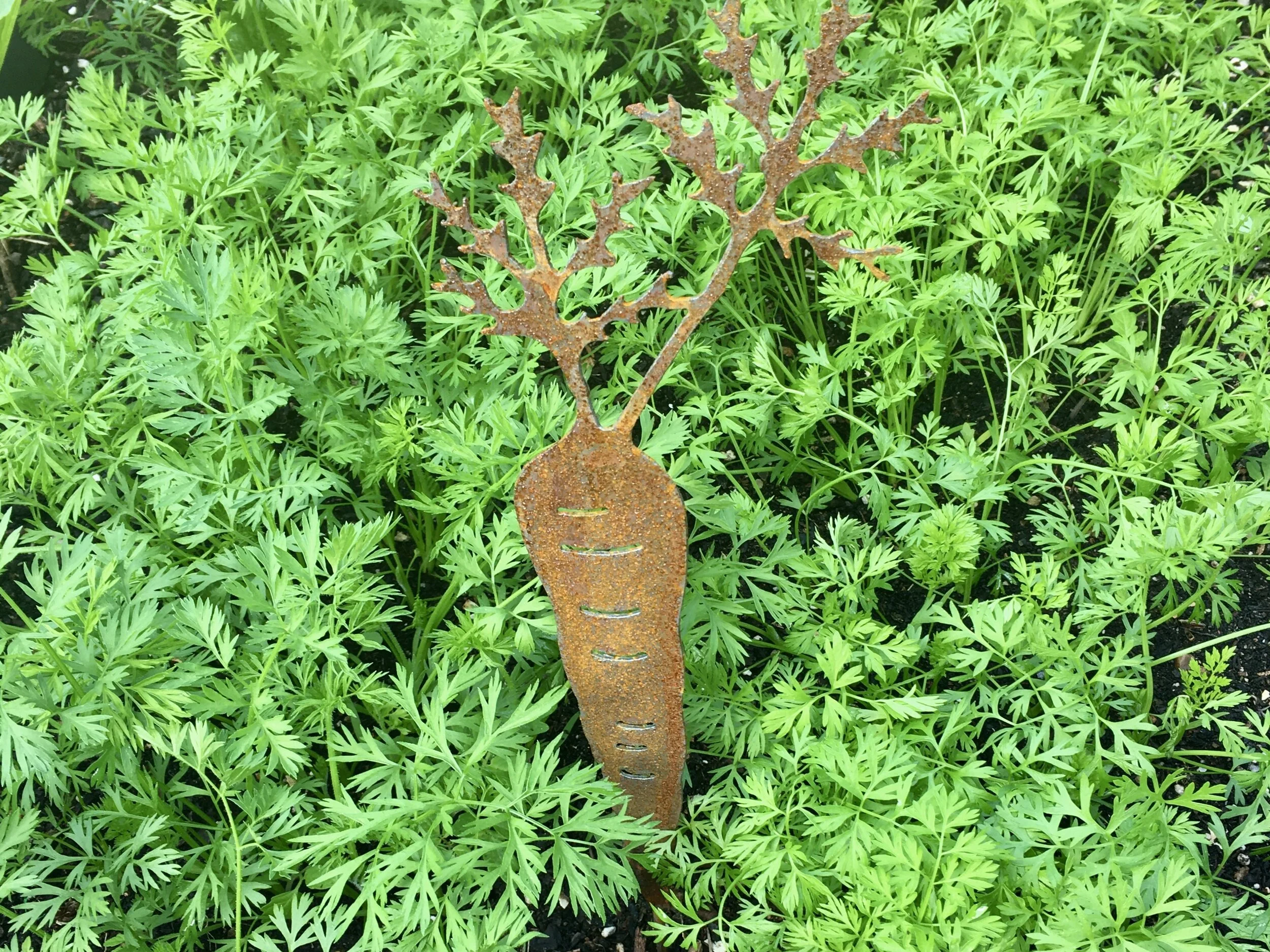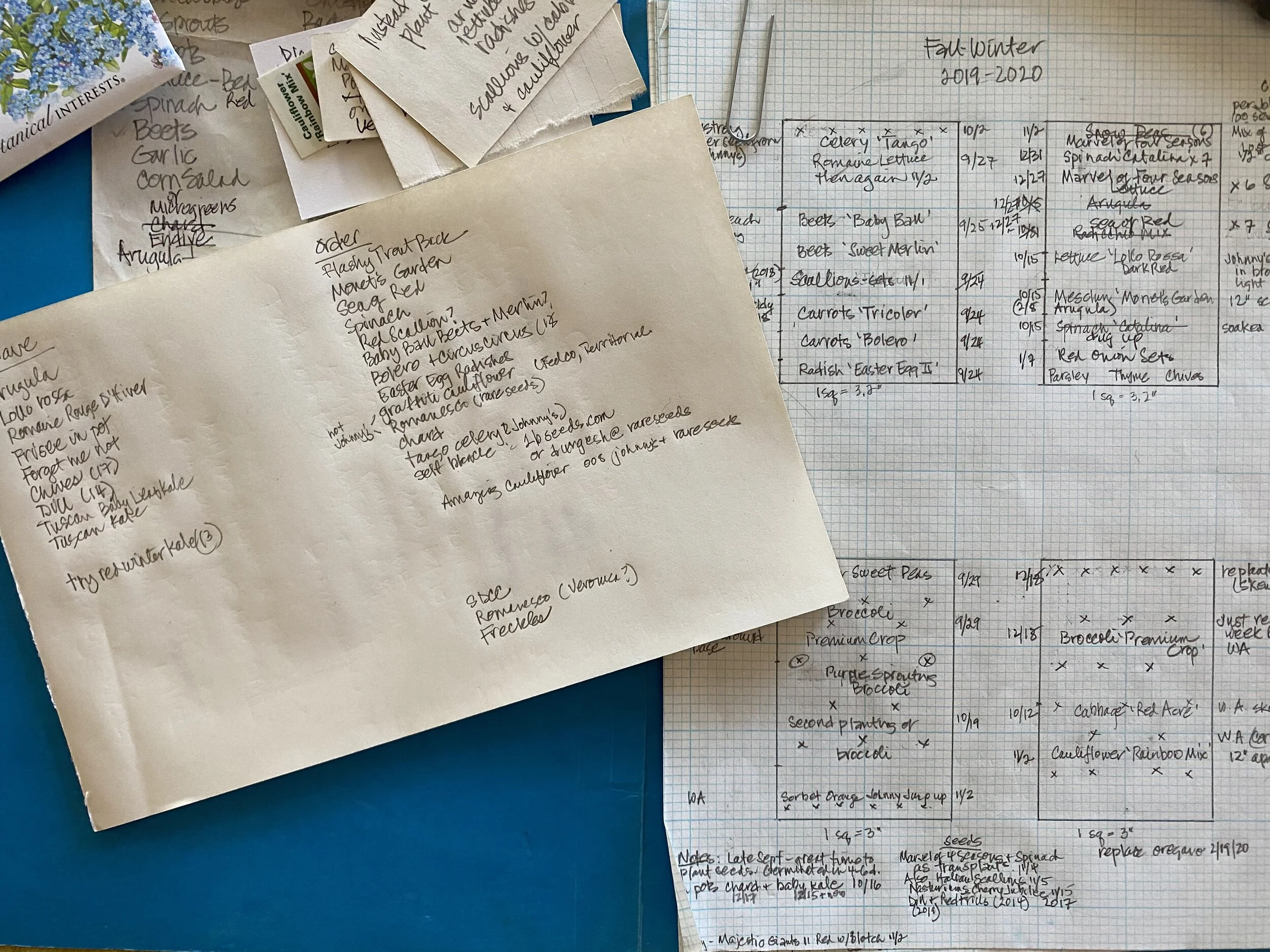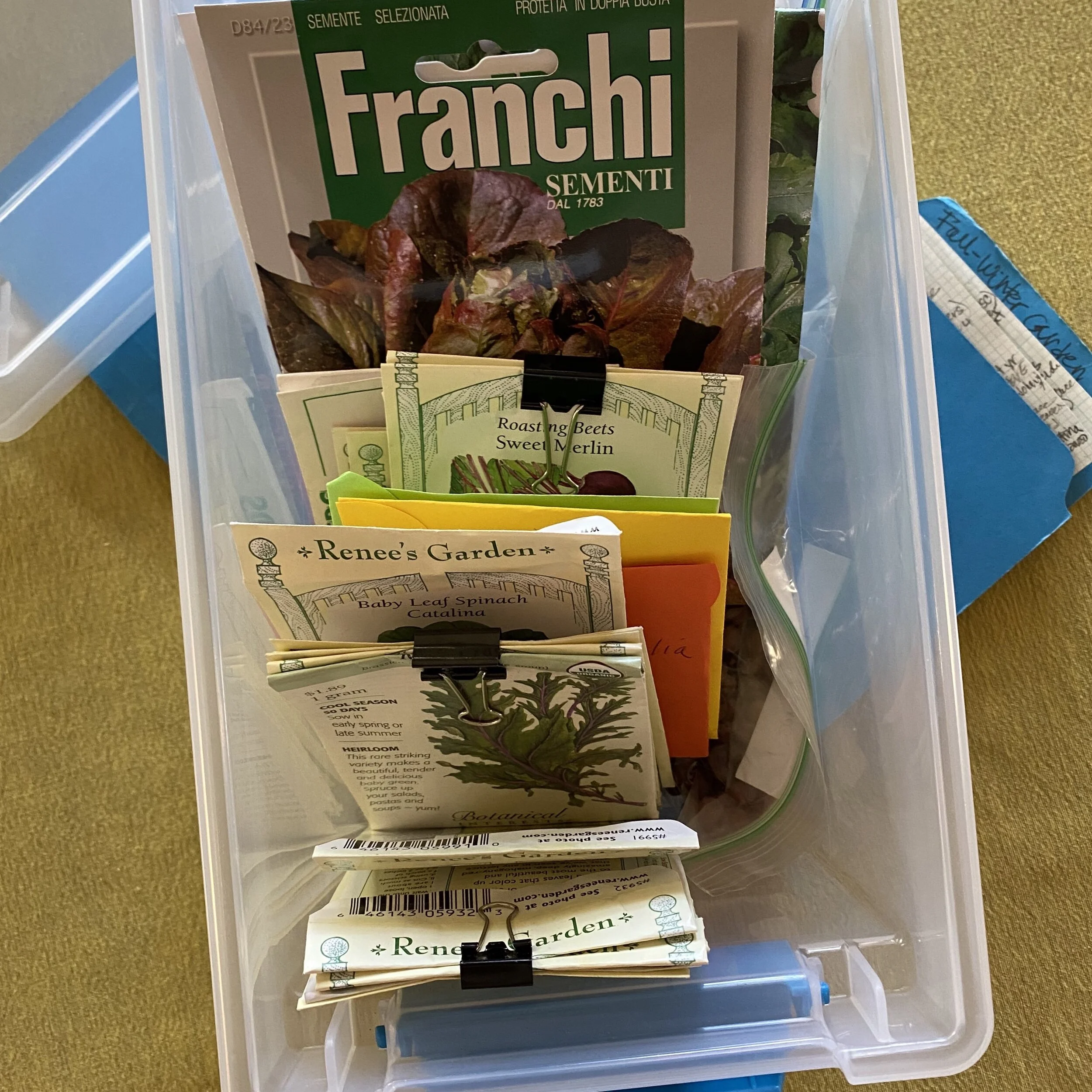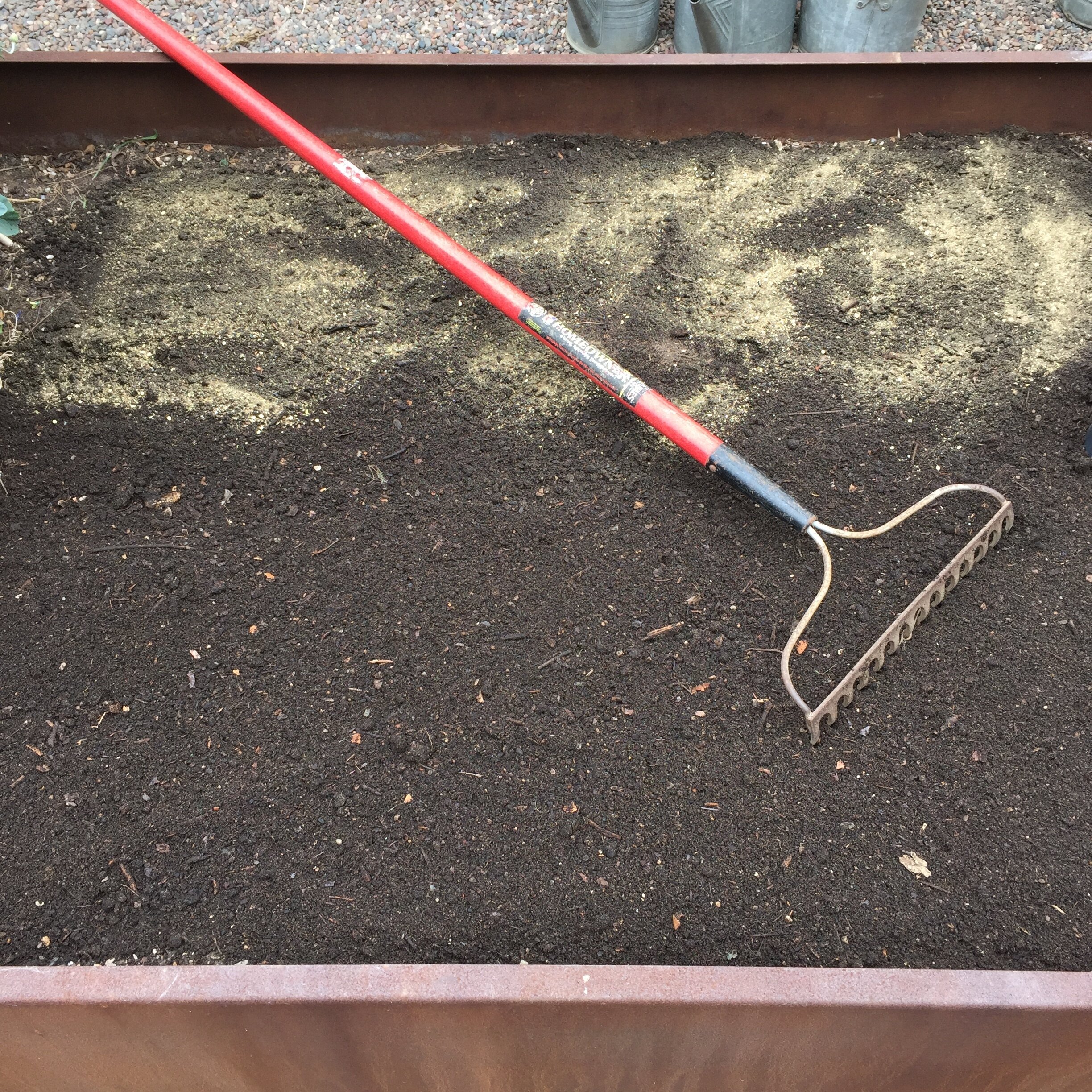Choosing Vegetables to Grow in the Cool Season
Grow what you like to eat
Plant what you like to eat. Most of us don’t have unlimited garden space, so we have to make choices. Grow what you know your household/family will actually eat. Think about the vegetables you usually purchase or what you like in your CSA box. If you want to try a vegetable new to you, just plant a small '‘test'‘ amount.
Grow the cool season crops
Your success with winter vegetables depends on selecting the ones that do best in the cooler weather and shorter days. For USDA zones 9 and 10 that includes, broccoli, cabbage, cauliflower and other members of the cabbage family; root crops such as beets, carrots, radishes, onions, garlic, potatoes; leafy vegetables such as lettuce, spinach, kale, arugula, chard, Asian greens; and peas, celery, artichokes and asparagus.
Check the Vegetable Garden Planting Guide for San Diego County which is also useful for most of coastal and inland Southern California. This guide from the University of California Cooperative Extension lists the cool season and warm season vegetable crops. A separate chart gives planting dates for coastal and inland regions for seeds and transplants.
Grow what’s easy if you’re a new vegetable gardener
Some of the easiest crops to grow are the winter greens—lettuce, spinach, chard, arugula, kale and mustard greens. Carrots, broccoli, radishes, onion sets are also easy and rewarding. Direct seed when you can, grow your own seeds to transplant; but if your garden is small purchasing transplants of broccoli, cabbage, cauliflower or lettuce may be the best option, especially if this is your first garden.
Time your plantings
Fall weather in SoCal can be quite variable. There are Santa Anas to contend with and days can be brutally hot. Winter rains may not arrive until January or be insufficient and Santa Ana conditions can show up mid-winter. Use the Vegetable Garden Planting Guide for San Diego County as a general guide for your planting of seeds and transplants.
With experience, you’ll learn what works best in your garden. In my very coastal garden, carrots and beets are seeded in the last week of September when the soil is still warm for better germination. That could change though if there’s a heat wave, so be prepared to roll with what comes. Similarly, transplants of broccoli, cabbage and cauliflower settle in better here during cooler days of mid- to late-October. Keep records as the recollection fades from year to year.
Buy your seeds now but wait on transplants
For those vegetables you’ll be direct seeding or growing transplants, buy your seeds as soon as possible. When I ordered my seeds in August, many varieties were already out-of-stock. This year I had to order from many more seed companies to obtain all the varieties on my list. Here are some of my favorites.
San Diego Seed Company
Renee’s Garden
Johnny’s Seeds
Territorial Seed
Seeds from Italy
Baker Creek Heirloom Seeds
Fedco Seeds
Botanical Interests
Or check your favorite local nursery for their seed offerings.
While you wait to plant in the garden, check my previous posts to prepare your garden for cool season crops and make your garden plan.
Oh, and don’t forget the edible flowers.
To leave a comment, click on “Leave a comment/Show comments,” enter the comment, then insert your name. Email address and website URL are optional. Finally, click on “Comment as Guest” to post comment.









